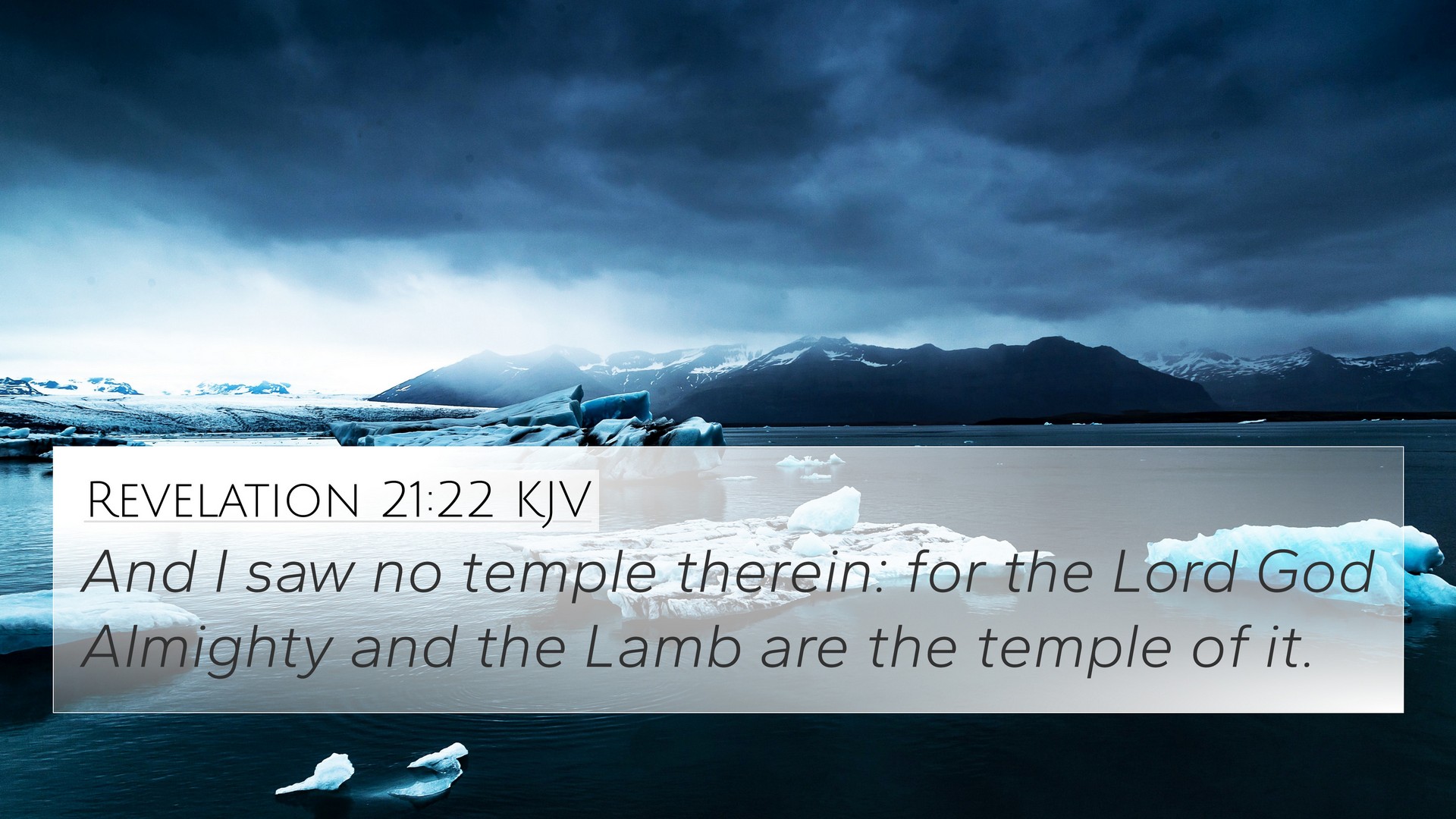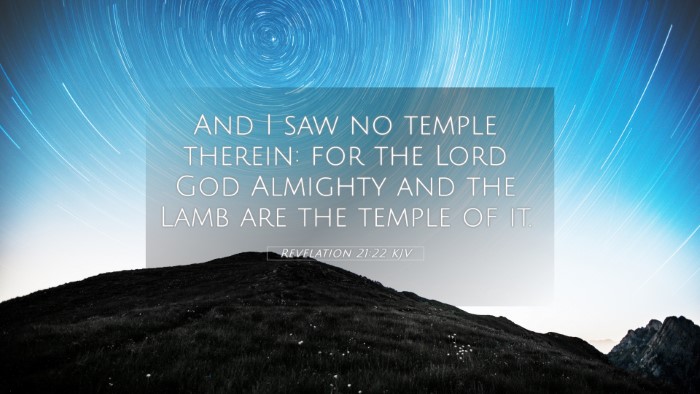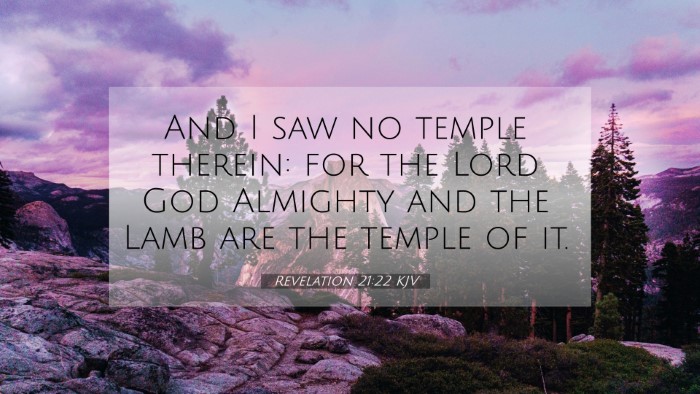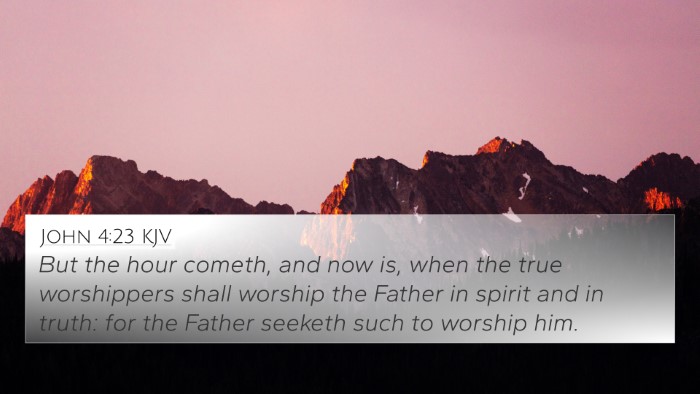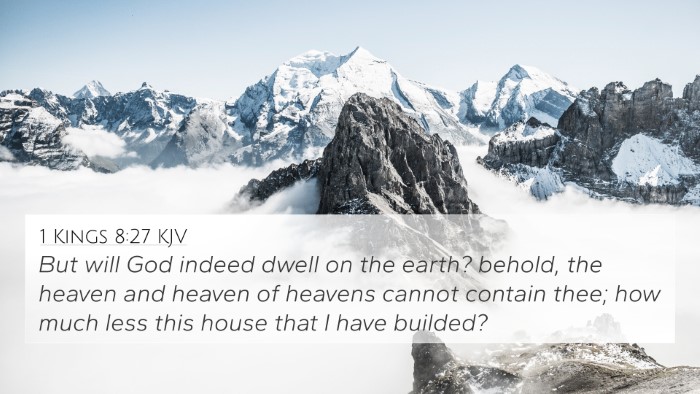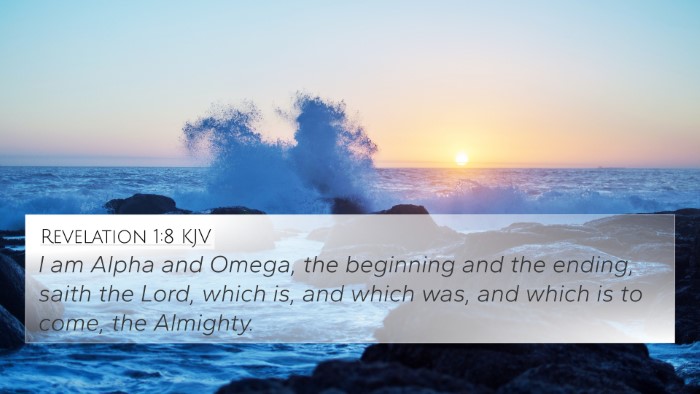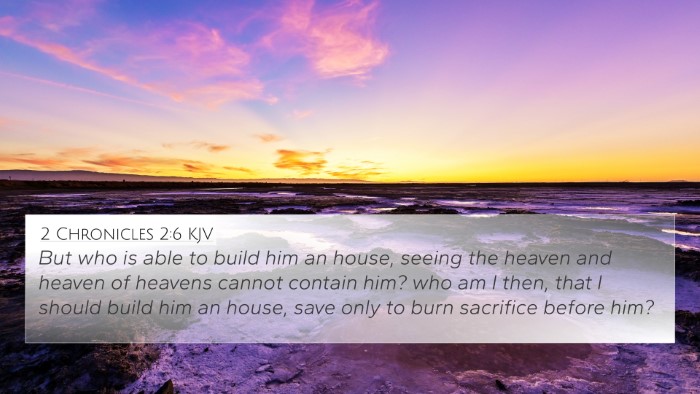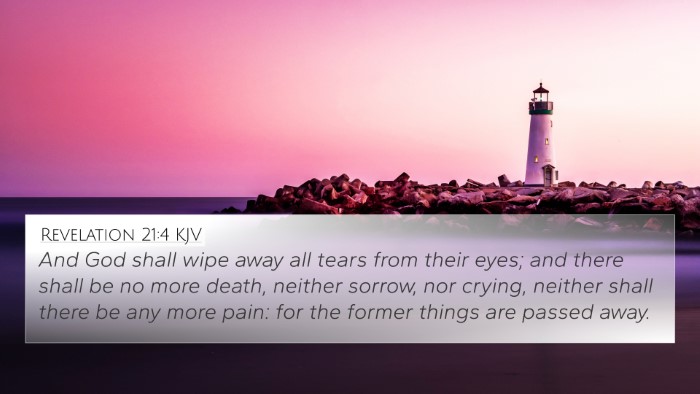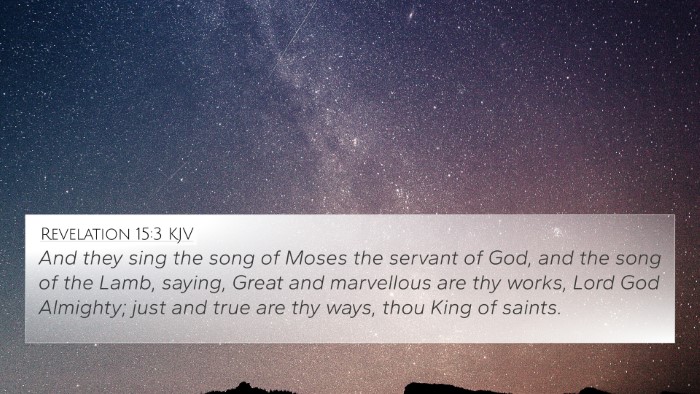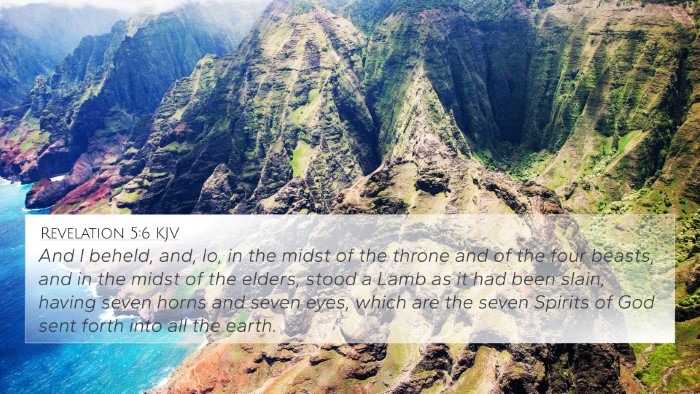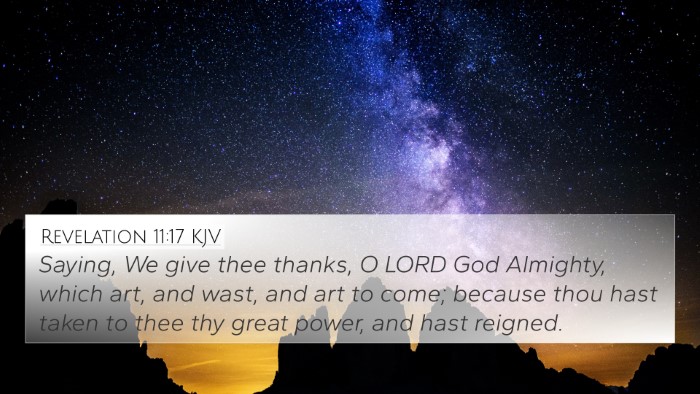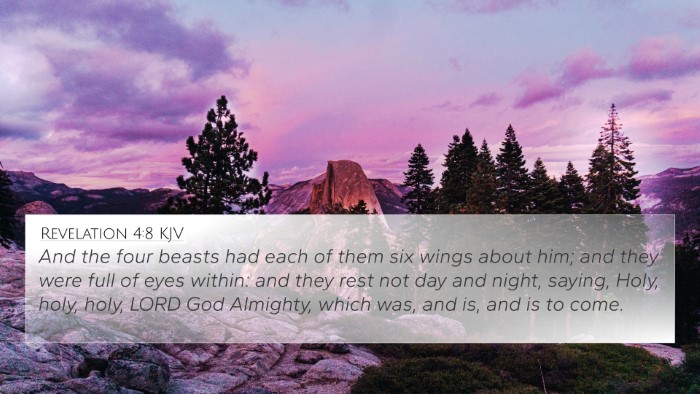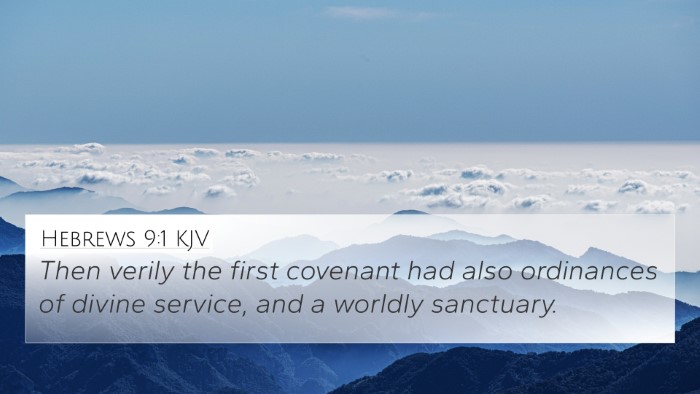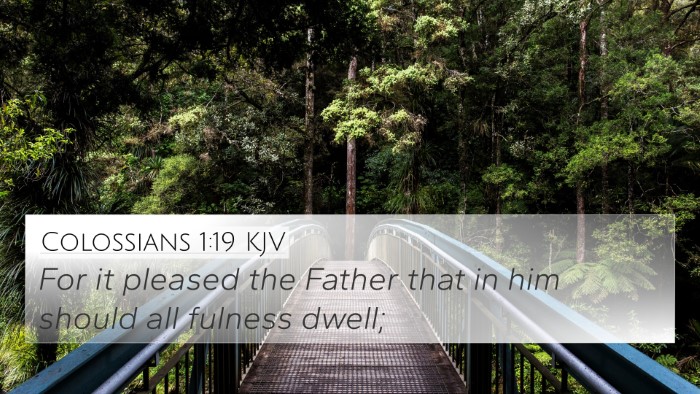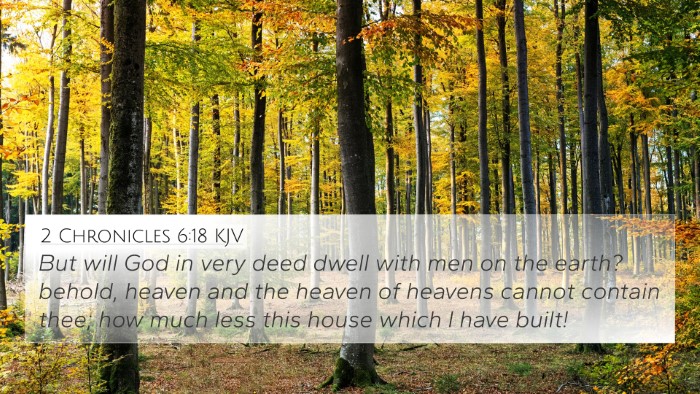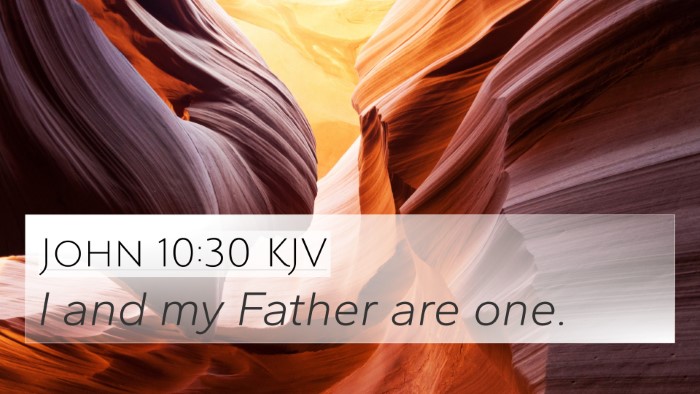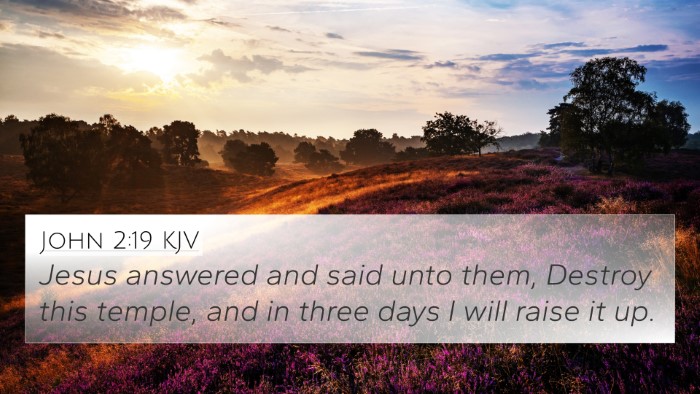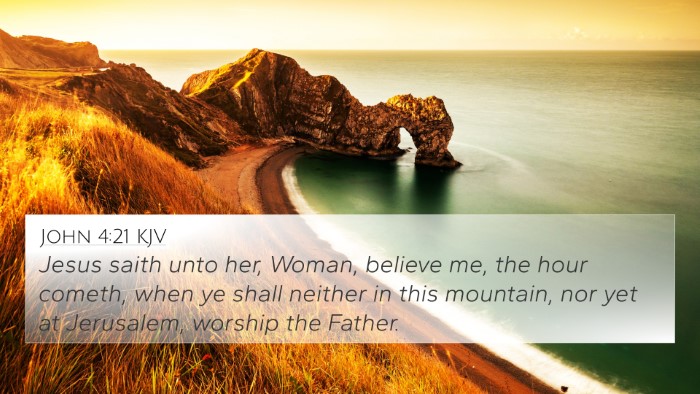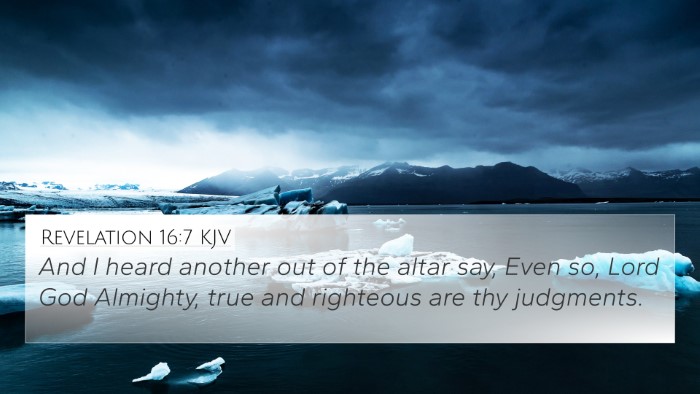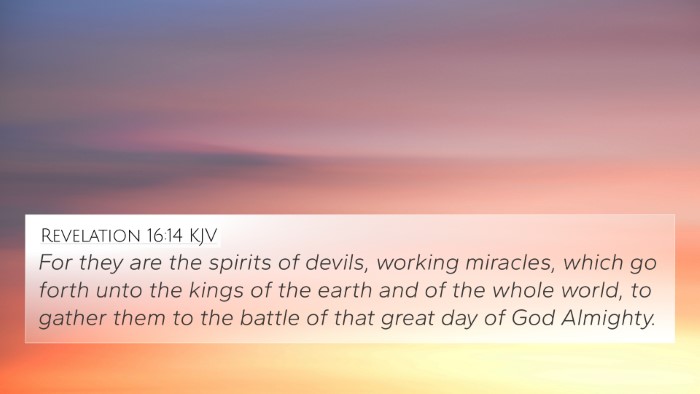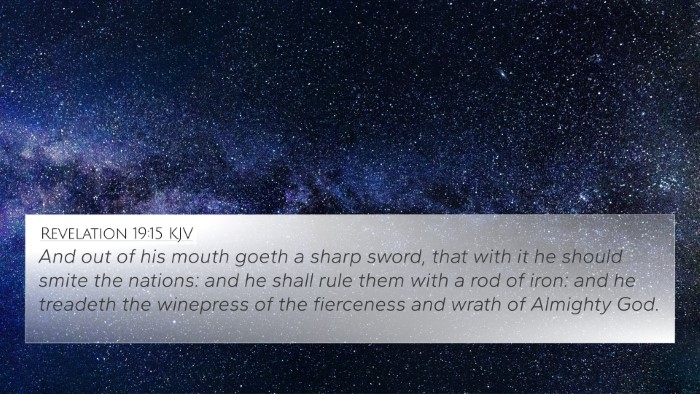Understanding Revelation 21:22
Revelation 21:22 states:
"And I saw no temple therein: for the Lord God Almighty and the Lamb are the temple of it."
This particular verse from the Book of Revelation, written by John, is rich in meaning and context. Below, we will explore its interpretation through the insights of prominent public domain commentaries, including those by Matthew Henry, Albert Barnes, and Adam Clarke.
Verse Context and Significance
The significance of Revelation 21:22 is deeply embedded in the eschatological themes of the Bible, especially regarding the new heaven and new earth. This verse illustrates the absence of a physical temple in the New Jerusalem, indicating that God's presence will be directly with His people.
The Absence of a Temple
Matthew Henry emphasizes that a temple is a place of worship and meeting with God. In the New Jerusalem, the realization of God dwelling among His people renders the geographical structure of a temple unnecessary. God Himself, along with the Lamb, becomes the very essence of worship and communion.
The Divine Presence
Albert Barnes highlights the importance of God's presence in this new creation. As the source of light and guidance, God and the Lamb provide both spiritual illumination and security to those who reside in the New Jerusalem. This perspective shifts the understanding of worship from physical location to a relational experience.
Connection to Old Testament Themes
Adam Clarke draws parallels between this verse and the Old Testament, citing that the temple was central to Jewish worship, symbolizing God's covenant with His people. However, in the eschaton, this is fulfilled in the direct access to God, echoing prophetic visions that foresee a time when God walks among His people (see Ezekiel 37:27).
Cross-References and Thematic Connections
The following Bible passages are closely related to Revelation 21:22, providing deeper insights into its themes:
- John 4:21-24 - Discusses the nature of true worship beyond locations.
- Revelation 21:3 - Highlights God's dwelling with humanity.
- Ezekiel 37:27 - Foretells God’s presence among His people.
- Hebrews 8:1-2 - Describes Jesus as the high priest in the heavenly sanctuary.
- Isaiah 66:1 - The Lord emphasizes that heaven is His throne, and the earth His footstool.
- Matthew 18:20 - Where two or three gather, there is His presence.
- 1 Corinthians 3:16 - Believers as the temple of God.
Understanding Through Comparative Bible Verse Analysis
To grasp the core message of Revelation 21:22, consider its implications through comparative analysis. The absence of a physical temple correlatively leads to an understanding that all believers serve as living temples, housing the Holy Spirit. This theme is echoed throughout various epistles, reinforcing the idea that direct communion with God is now possible due to Christ's work.
Tools for Bible Cross-Referencing
Utilizing a Bible concordance or a cross-reference Bible study guide can enhance your exploration of these connections. Here are key approaches:
- How to find cross-references in the Bible: Look for keywords or phrases within verses that highlight similar themes or ideas.
- Cross-reference Bible study methods: Compare texts that deal with the same subjects or names.
- Identifying connections between Old and New Testament: Many New Testament teachings fulfill or reinterpret Old Testament prophecies.
Conclusion
Revelation 21:22 invites believers into a profound understanding of their relationship with God. By recognizing that the temple is no longer a building but the presence of God Himself, we find assurance, comfort, and a deeper call to worship. The exploration of cross-references enriches this understanding, bridging themes from both the Old and New Testaments and demonstrating the continuity of God’s redemptive work through history.
